People
The Armory Show’s Ben Genocchio on the Transformation of the Focus Section
The fair's new executive director believes it's time to rethink the model.
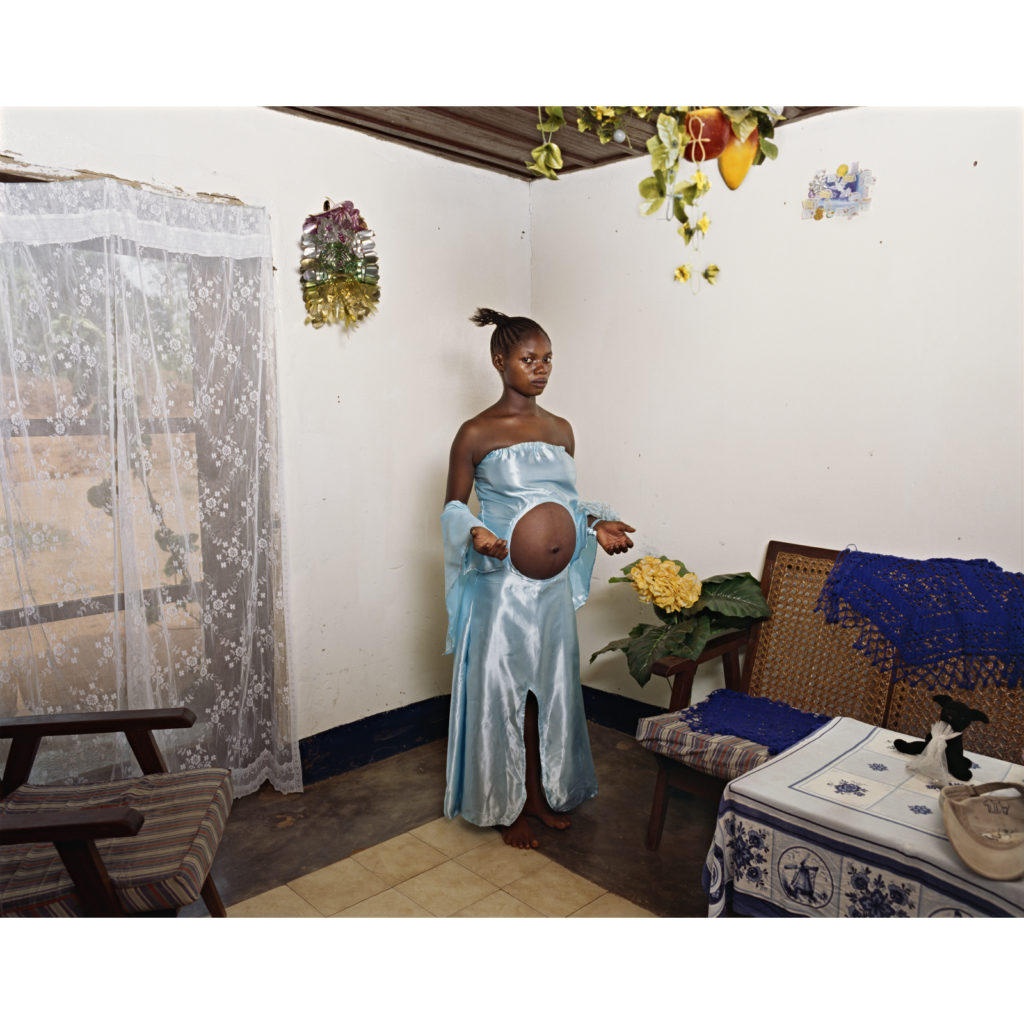
The fair's new executive director believes it's time to rethink the model.

Rozalia Jovanovic

In 2010, under the direction of Paul Morris, the Armory Show established Focus, a section organized each year around a different geographic region and included, over the years, sections devoted to artists from China, the Middle East, and Africa. While the original purpose of Focus was to give galleries around the world the chance to show work by their artists in New York, with so much of the fair, today, already so international, and the art world so globalized, the premise started to seem outmoded to the fair’s new executive director, Ben Genocchio, who has done away with the geographically-centered theme.
Genocchio brought on Jarrett Gregory, associate curator of contemporary art at the Los Angeles County Museum of Art, who will curate 12 solo presentations by a variety of internationally recognized artists exploring pressing social and political issues. Among those in the exhibition, which is titled “What Is to Be Done?,” are photographer Deana Lawson, multi-media artist Johan Grimonprez, Ibrahim Mahama, Anya Titova, Tuan Andrew Nguyen, Senga Nengudi, whose sculptures combine performance, Mathilde Rosier, Teresa Margolles, Cercle d’Art des Travailleurs de Plantations Congolaises (CATPC), Amna Asghar, painter Roman Opalka, and Koki Tanaka, who is known for his object-based actions and video.
But geography, according to Gregory, will still be essential, and even “more important than ever.”
“The artists I am considering,” she said in her curatorial statement, “each convey a sense of urgency toward our own historical moment.”
I took a moment to chat with Genocchio about the wisdom of the change to Armory Focus and what it signifies about the way we see art.
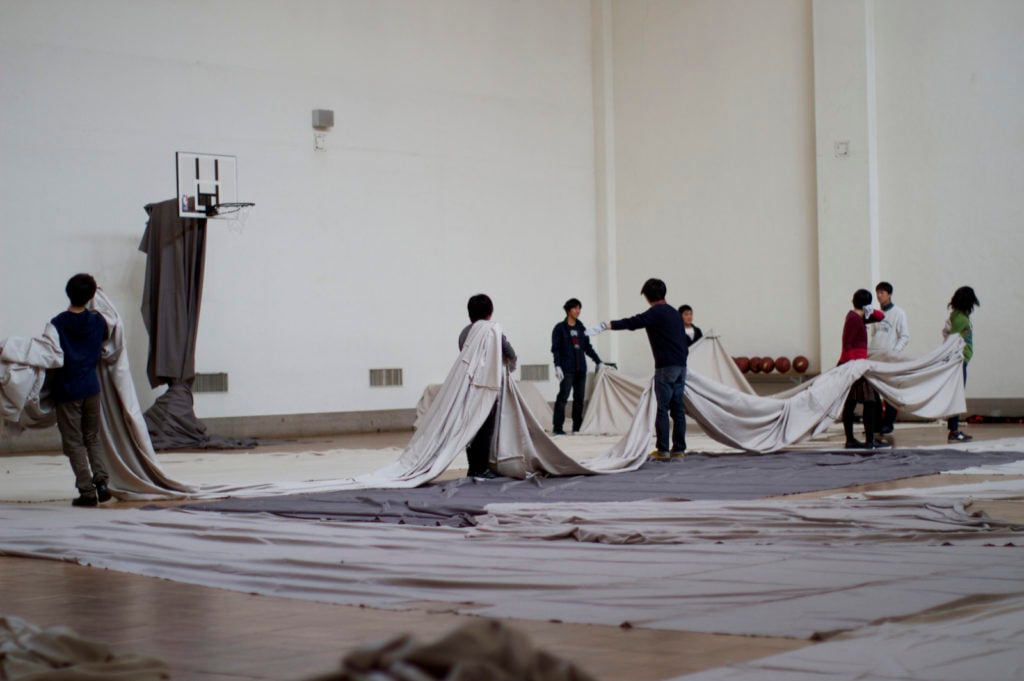
Koki Tanaka, Provisional Studies: Workshop #1 “1946–52 Occupation Era, and 1970 Between Man and Matter. 2014. Courtesy of Vitamin Creative Space.
You’ve changed the organizing principle of the Focus section so that it’s no longer structured around the geographical location of the artists. Why did you do that?
This was a difficult decision but ultimately I believe an important one for us at The Armory Show. I believe that quality is coherency, and therefore all sections in the show, including special curated sections, should first and foremost be about finding and including the best artists and galleries—regardless of where they are from in the world.
The geographical Focus has been an immense success over the last seven editions, but I felt it was time to rethink the model. Having a section in an art fair based around the geographical location of artists is effective as a marketing tool, as people know exactly what it is, but you tend to end up inevitably limiting your pool of potential exhibitors.
The other obvious reason why I felt it was time to move away from geography as an organizing principle for Focus was that it didn’t seem relevant any longer in a globalized art world, where the rest of the fair is already extremely international, and artists, galleries, and curators live and work across all sorts of boundaries—regardless of where they were born or the passport they carry.
Today artists, dealers, and curators simply do not see themselves as working in a local regional or geographical context, and so to rely on a place or geography as the organizing principle meant that the section lacked any sort of curatorial coherency.
For 2017, I wanted to put the focus back on achieving the highest level of quality and intellectual coherency possible through a curatorial project.
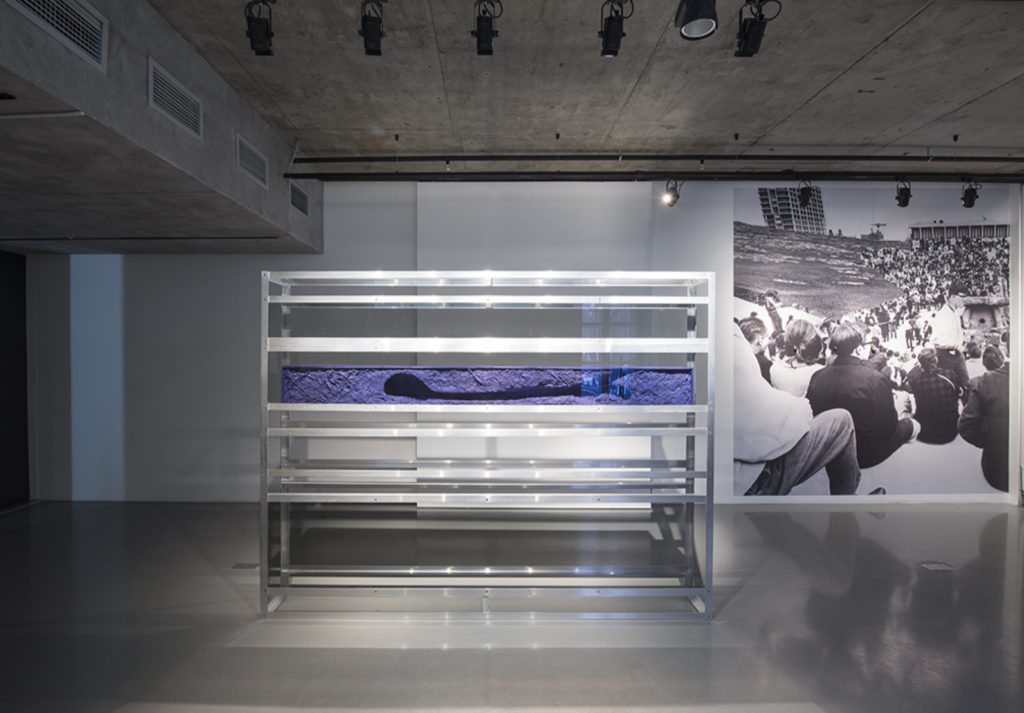
Anna Titova, Blue Vitrine. 2016. Courtesy of Artwin Gallery
Can you tell me something about the curator Jarrett Gregory and why you chose her to organize this section? What did you hope she would bring to it?
The Focus section has always been an important part of The Armory Show, and in its new form, it will continue to serve as a place of discovery. The Armory Show is a place where collectors and visitors and press know they will make exciting new discoveries—it is a place to encounter new art, artists, and galleries that you won’t find in other sections of the fair or at other art fairs. Many new international galleries and artists have been introduced to our audience through the Focus section and have had their debut in New York with our fair. Collectors come to The Armory Show for this very reason.
We obviously wanted to maintain the element of discovery that collectors appreciate, but at the same time [we wanted] more coherencies in the organizational principle. We decided that if we selected a different curator each year, like in previous Focus editions, but asked them to put together a show based around an idea or theme of their choosing, we could get the best art and artists from around the world while creating a presentation that was urgent, vital and relevant to the moment.
We were very lucky that Jarrett Gregory accepted our offer to curate the section. Unlike other art fairs, where exhibiting galleries are selected from a pool of applicants (where galleries apply and a curator “advises” on the selection), our Focus section began with a list of artists Ms. Gregory wanted to engage with, as well as the specific artworks and projects she was interested in. We then went to the galleries and asked for their support. This is a real curated museum show within an art fair, the first of its kind I believe, in which the curator went out and solicited and selected artists who she wanted to show as part of a strong curatorial statement.
With Ms. Gregory’s Focus, titled What Is to Be Done?, she has created an incredibly prescient and relevant statement about the ways artists are grappling with the world’s pressing social and political issues.
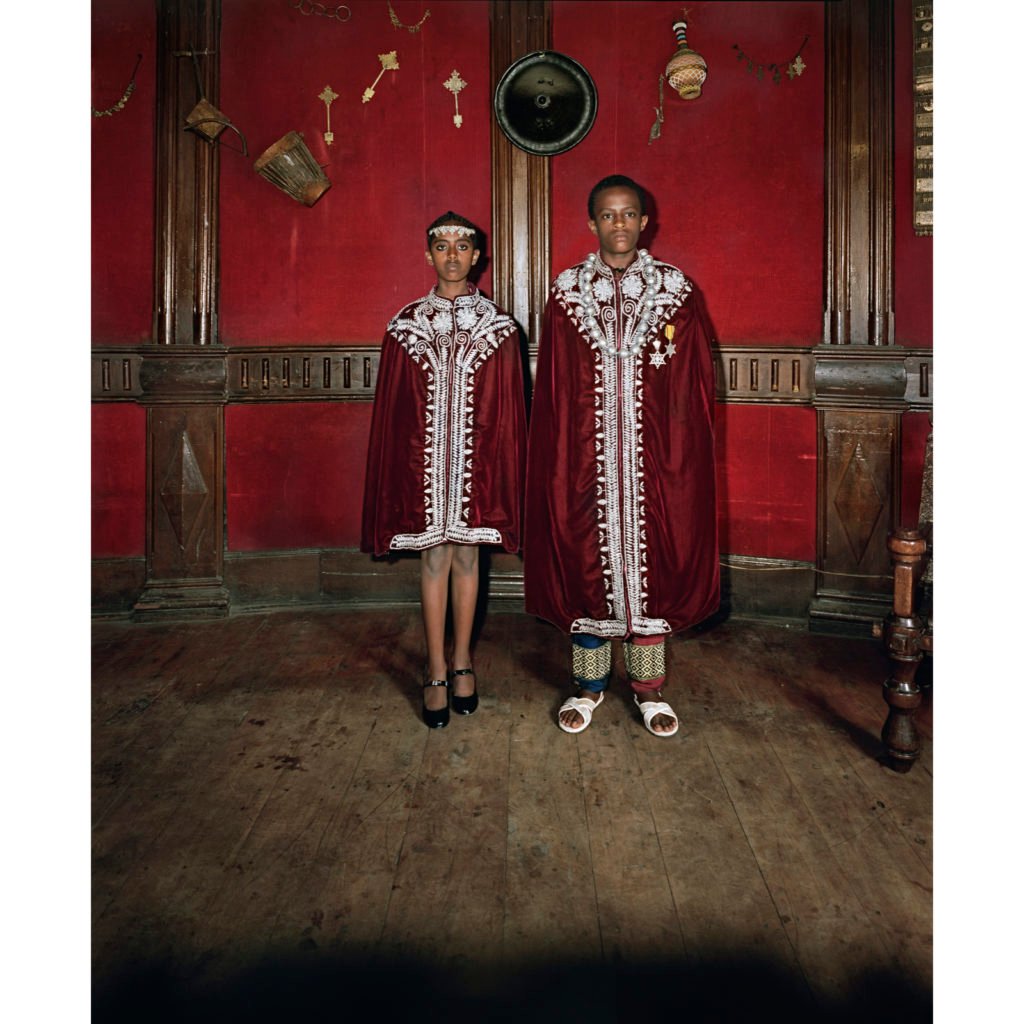
Deana Lawson, “Kingdom Come,” 2015. Courtesy of Rhona Hoffman Gallery.
I know some collectors have expressed their dissatisfaction with the change from the original structure. They liked being able to find work from one region in a particular area, and with the work being dispersed across the fair, it’ll be harder to find. What would you say to those collectors?
The upside of having a section devoted to artists from a single geographical region is that you know exactly what it is, but the downside is that those collectors who are not interested in artworks and artists from that region simply don’t have any desire to engage. We believe that putting the focus on quality and finding the best and most relevant art and artists from anywhere in the world for a curated show is a more broad-based approach and is therefore more appealing to a wider circle of collectors and visitors. To make this format work, of course, you need a strong curatorial vision from an important curatorial voice. Ms. Gregory is really one of the rising stars in the curatorial profession and one of the most traveled and knowledgeable curators I have met. We trusted her and her vision, and we are confident that the section she has created will be a place of interest and discovery for a wide range of collectors and visitors.
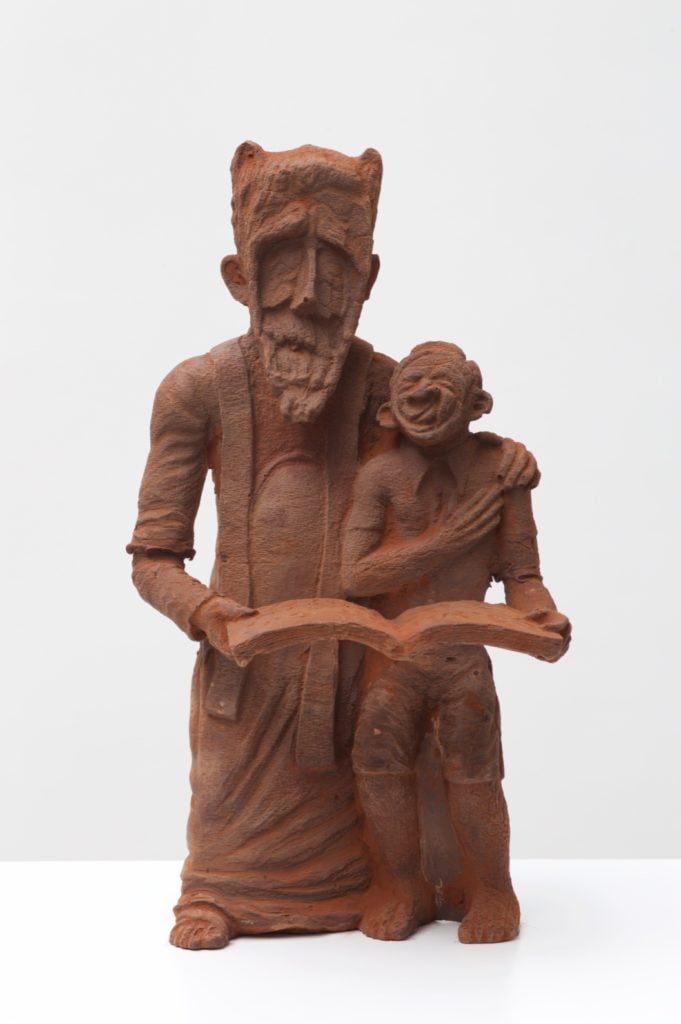
Cedric Tamasala (part of Cercle d’Art des Travailleurs de Plantations Congolaises), How my grandfather survived (2015). Courtesy of Galerie Fons Welters.
Tell me a little about the Focus section artists and galleries and how it is being organized. Is there anything new there?
Of the 14 galleries participating in this year’s Focus, only four participated in the fair last year (Sean Kelly, Rhona Hoffman, KOW, and Kadel Willborn). We have 10 new galleries participating (including Lévy Gorvy, Vitamin Creative Space, Thomas Erben, Galerie Fons Welters). So there is a great number of new galleries who will be participating in their first Armory Show. Two of the artists participating have also been chosen to participate in this year’s Whitney Biennial—Deana Lawson and Tuan Andrew Nguyen.
Ms. Gregory’s recent travels to Moscow and the Congo greatly influenced her vision for this section, which borrows its title from Nikolai Chernyshevsky’s 1863 novel What Is to Be Done?, composed while the author was imprisoned. Through constructed characters and story lines, What Is To Be Done? laid the groundwork for Russia’s socialist revolution and is considered to be one of the most influential works of Russian literature. The Focus section includes twelve artists from ten countries who are grappling with some of the world’s most pressing social and political issues.
Some highlights include sculptures from the Cercle d’Art des Travailleurs de Plantations Congolaises (CATPC) (who will have a concurrent show at SculptureCenter), which confront the trauma of colonialism; Koki Tanaka, who represented Japan in the 55th Venice Biennale; a film by Johan Grimonprez exploring the global arms trade; and Senga Nengudi’s sculptures from the 1970s.
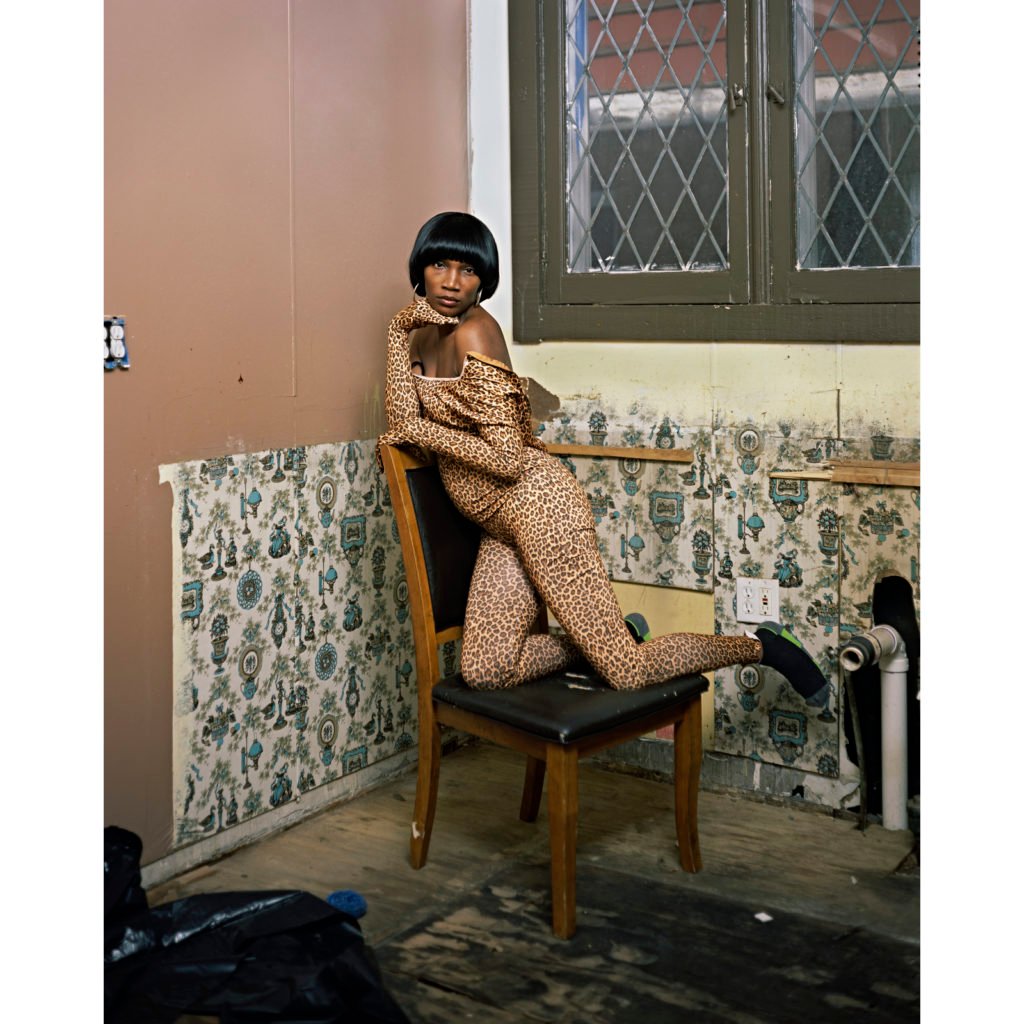
Deana Lawson, Mickey and Friends (2013). Courtesy of Rhona Hoffman Gallery.
With dealers, curators, and collectors traveling regularly these days to art fairs in Colombia, Abu Dhabi, and Shanghai, and with artists from all over the world represented at galleries in the main part of the fair, I agree it seems a little unnecessary to group artists from a region in one section. Is this simply about marketing or is the approach to artists and geography changing in a more essential way?
We had galleries from 34 countries participating in The Armory Show in 2016 and we have a similar diversity for the 2017 show—we are a truly international art fair. These participating galleries and artists are chosen by our selection committee, made up of some of the world’s top galleries. Here the emphasis is 100 percent on the quality of the art and artists presented and the strength of their curatorial theme. This year, over 70 galleries will present solo and dual artist booths, an incredible display of quality and curatorial effort.
Each Armory exhibitor has earned their right to participate in the fair, but, of course, we can’t accept every strong application we receive, and the selection committee can’t be responsible for knowing every important gallery in every corner of the world. I think it’s important to have other voices making a selection—in our case, curators—so that we can maintain a sense of diversity in the selection of participating galleries and thus keep that quality and discovery which everyone loves about our fair, and what people come to expect from The Armory Show.
You are right also to point to a change in the relationship and approach to geography on the part of artists and galleries these days. Most artists and galleries, as well as curators, don’t like being pigeonholed by a geographical region, they feel it diminishes them in some way, especially if they come from more remote geographical places. They want to participate in the global, international art world on their own terms as contemporary artists of the world who just happen to have been born in a particular place and so often resist being defined in this way.
Today context is everything for an artist, and dealers and geography simply don’t matter that much anymore. Quality is what matters, and, for artists, having their work shown in the right museums, fairs, and galleries internationally is all that counts. The Armory Show is one of those venues, and by focusing on quality we hope to remain a leader in a very crowded fair market.